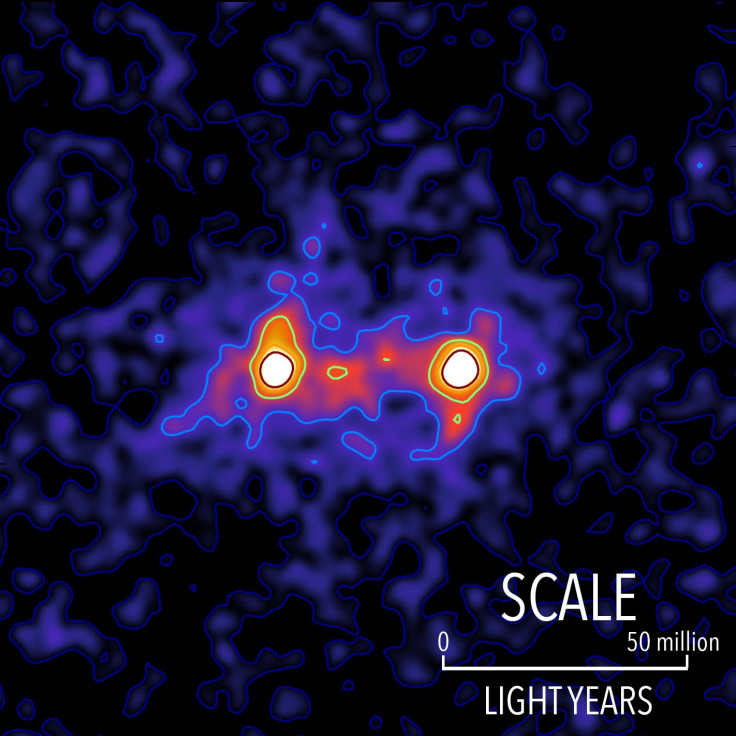Are Dark Matter, Dark Energy Real? Theory Calls Their Existence Into Question

A mysterious substance called dark matter and its equally mysterious counterpart, dark energy, were hypothesized almost a century ago to explain a number of otherwise inexplicable astronomical phenomena, such as the accelerating expansion of the universe and anomalies in the gravitational effects of large cosmic objects. And since these concepts came to be largely accepted in the scientific community, a large number of scientific experiments have been dedicated to conclusively identify either of the two hypotheses, with no success yet.
A new theory by an astronomer from the University of Geneva, Switzerland, claims the cosmic phenomena that led to the need of hypothesizing dark matter and dark energy can be explained without using those concepts, thereby removing any need for the concepts to exist. In other words, according to André Maeder, honorary professor in the Department of Astronomy at the university’s Faculty of Science, dark matter and dark energy may not really exist at all.
To arrive at this startling conclusion, Maeder created a model for the expansion of the universe since the Big Bang. In his model, he incorporated a factor which he said hadn’t been accounted for by current models.
Maeder explained in a statement Wednesday: “In this model, there is a starting hypothesis that hasn’t been taken into account, in my opinion. By that I mean the scale invariance of the empty space; in other words, the empty space and its properties do not change following a dilatation or contraction.”
In Einstein’s equations of general relativity, empty space plays an important role in the universe model, being an important operator in the quantity known as the “cosmological constant,” which can be thought of as the measure of vacuum energy.
The results from cosmological tests on Maeder’s model matched real-life observations, according to the statement. Significantly, his model did not account for any dark matter or dark energy, suggesting that the physics we know already is enough to explain the acceleration of our expanding universe.
The concept of dark matter was undermined when Maeder applied a slightly modified version of Newton’s laws to galaxy clusters — large conglomerations of galaxies grouping together in space — and used his invariant empty space hypothesis.
He conducted three tests, one of which showed dark matter was not needed to explain the high speeds at which galaxies in the clusters were moving. Another found the hypothesis could predict the high speeds of stars in outer regions of galaxies without invoking dark matter. And the third test offered an explanation for the dispersion of the speeds of stars oscillating around the Milky Way’s plane.
But will this astounding new theory stand scrutiny by other astronomers, most of whom believe the dark matter and dark energy hypotheses? Only time can answer that, but Maeder was hopeful it would lead to better science and astronomy.
“The announcement of this model, which at last solves two of astronomy’s greatest mysteries, remains true to the spirit of science: nothing can ever be taken for granted, not in terms of experience, observation or the reasoning of human beings,” he said.
His research appears in the Astrophysical Journal.
© Copyright IBTimes 2025. All rights reserved.





















